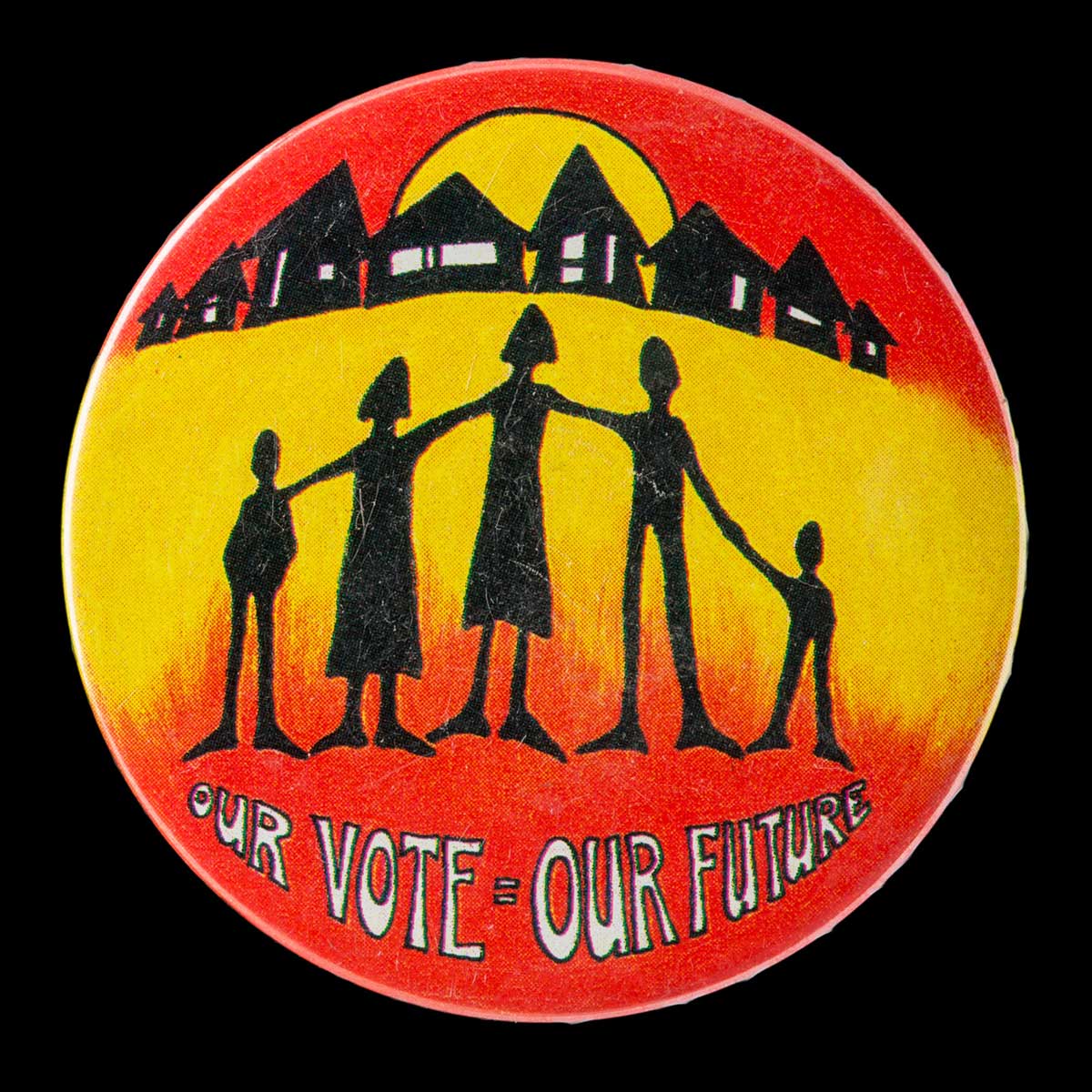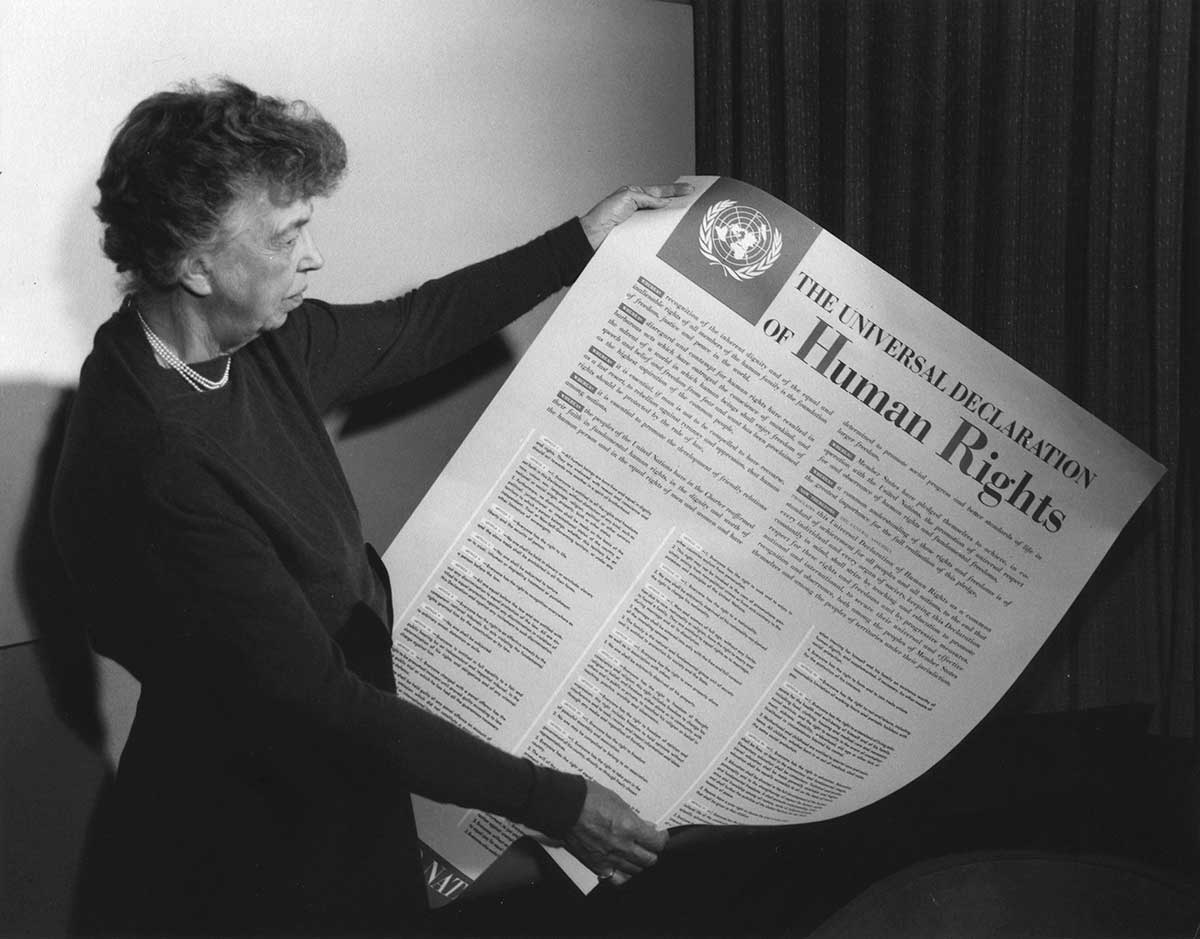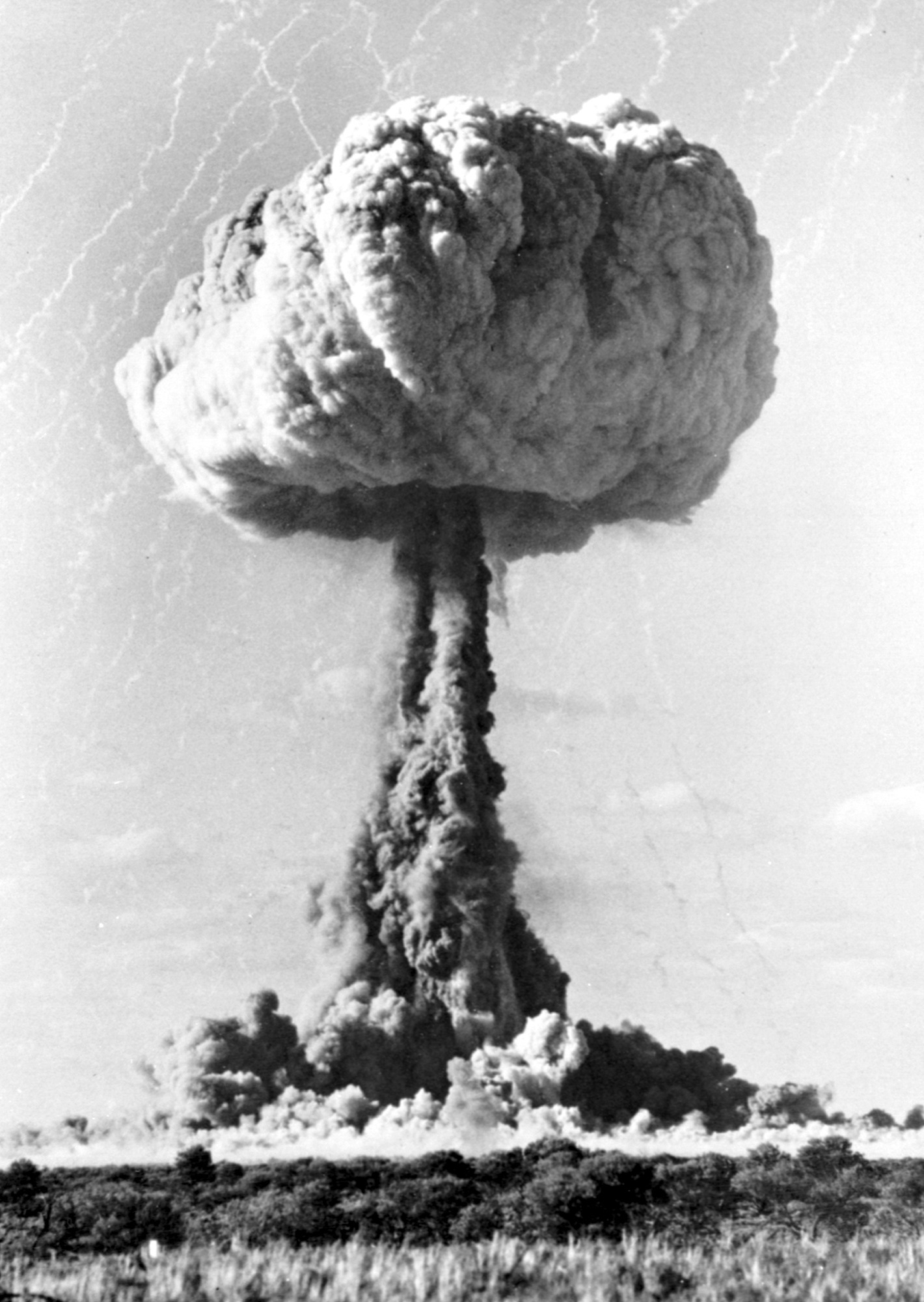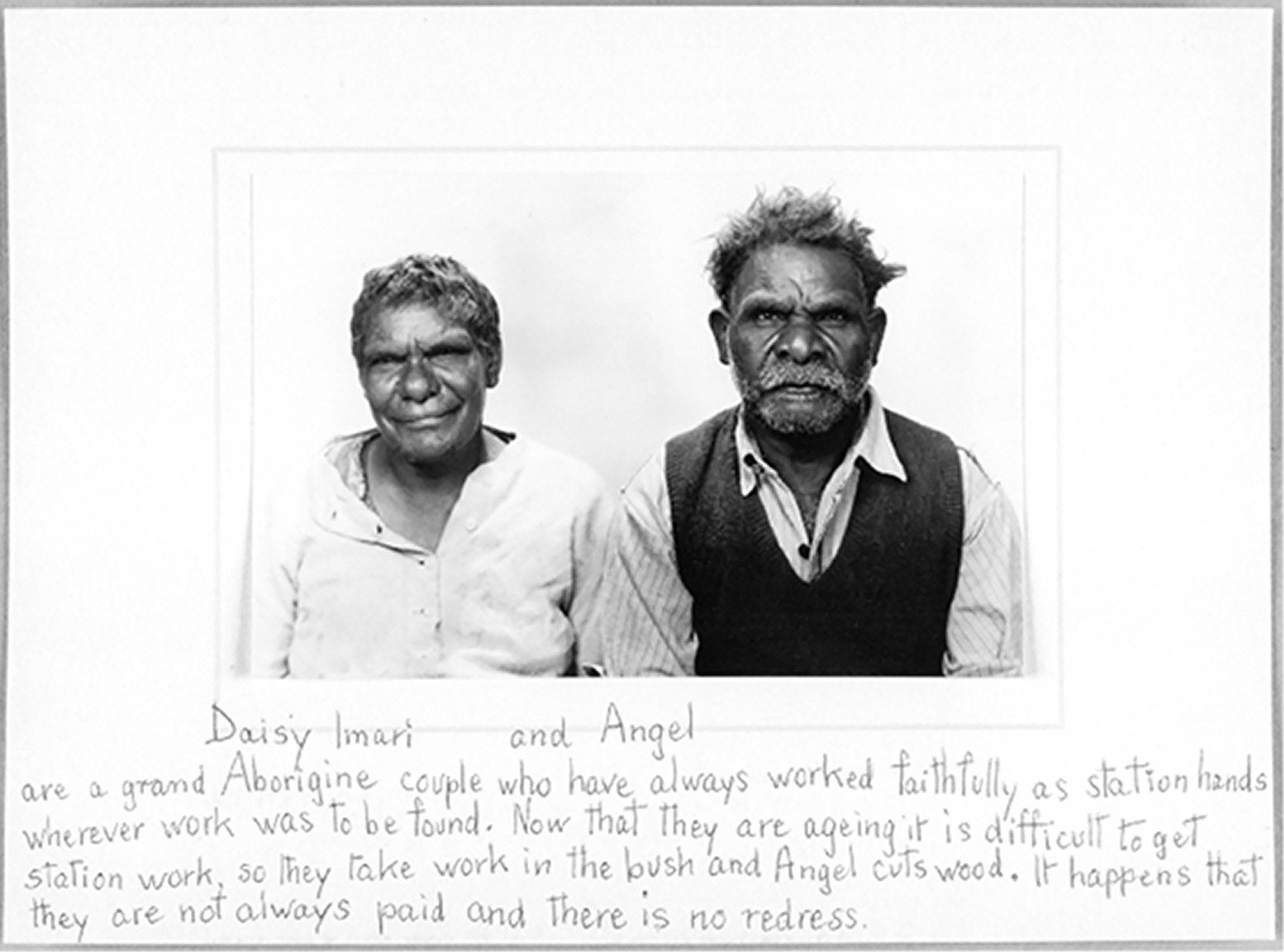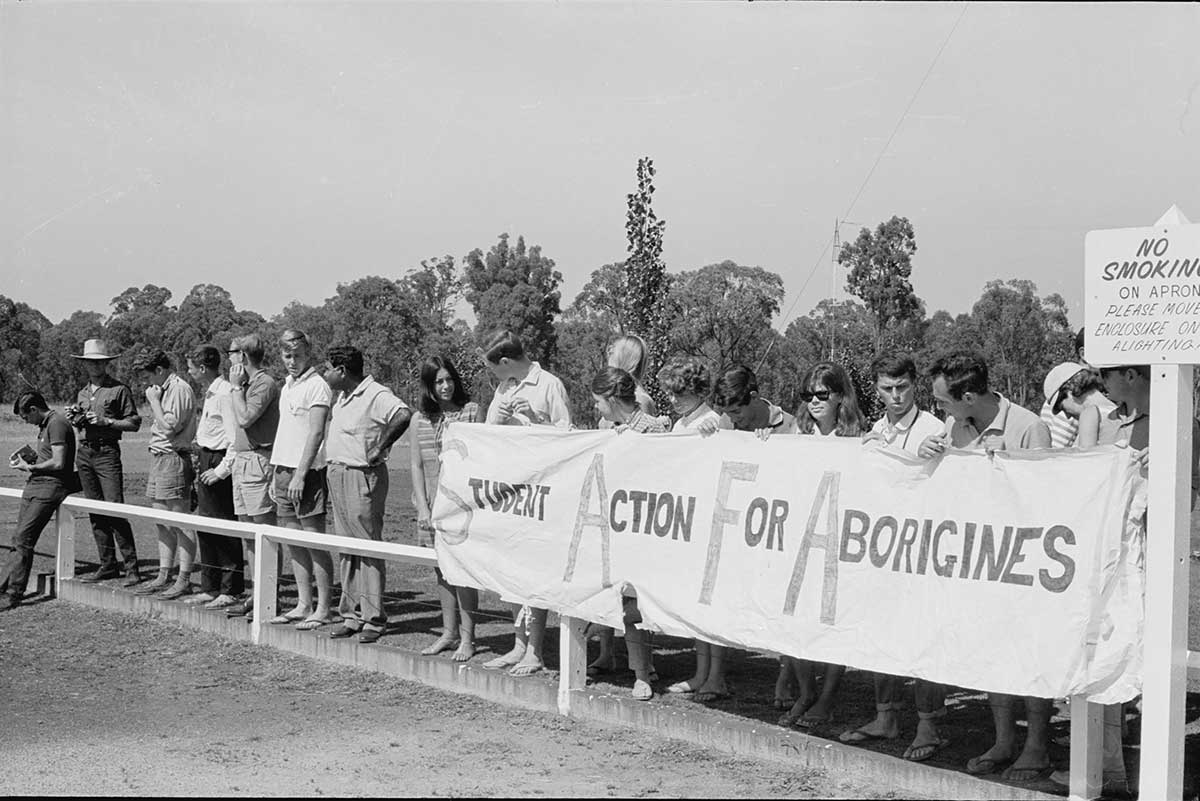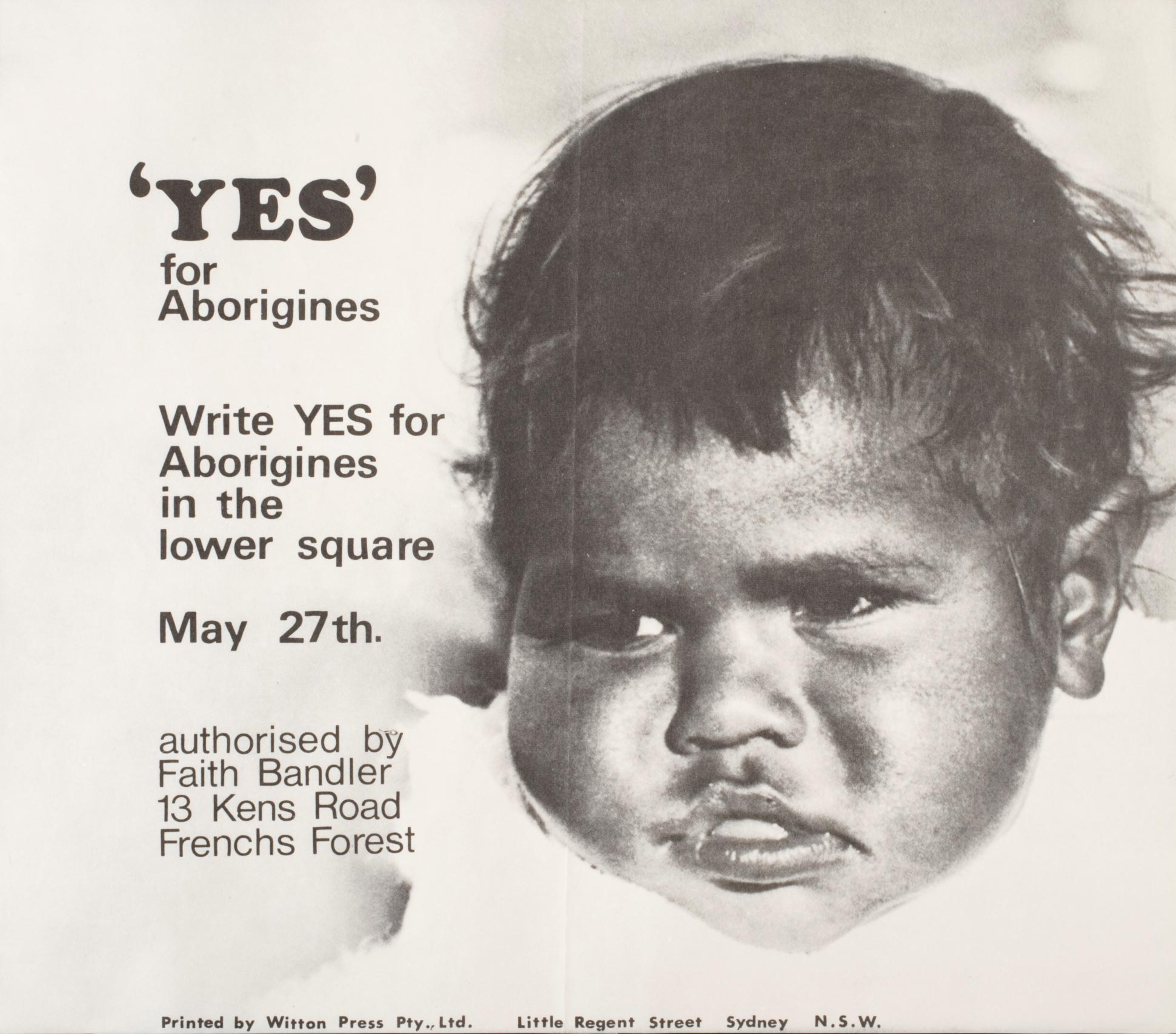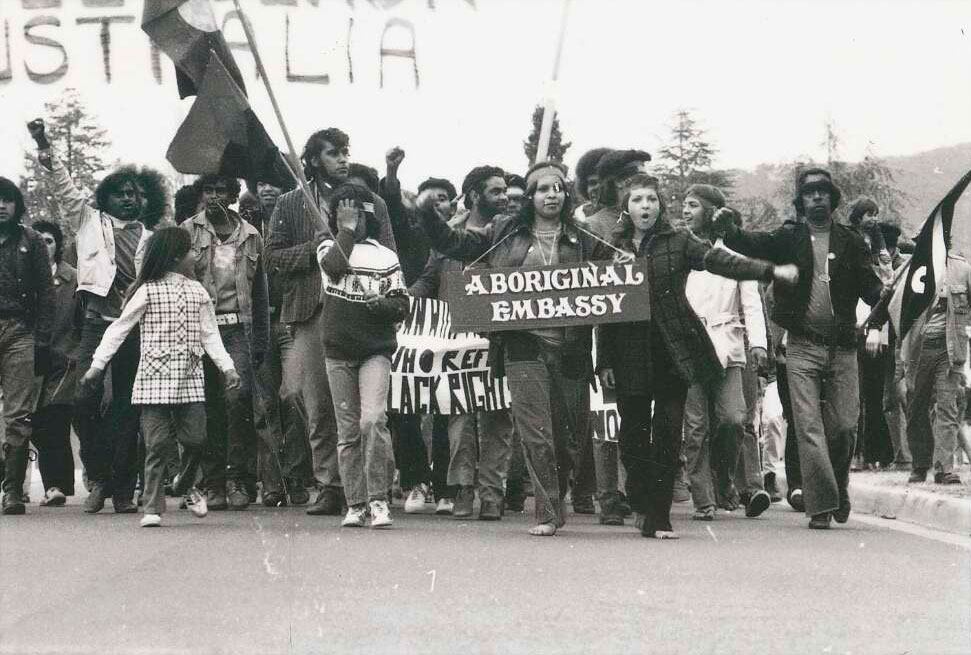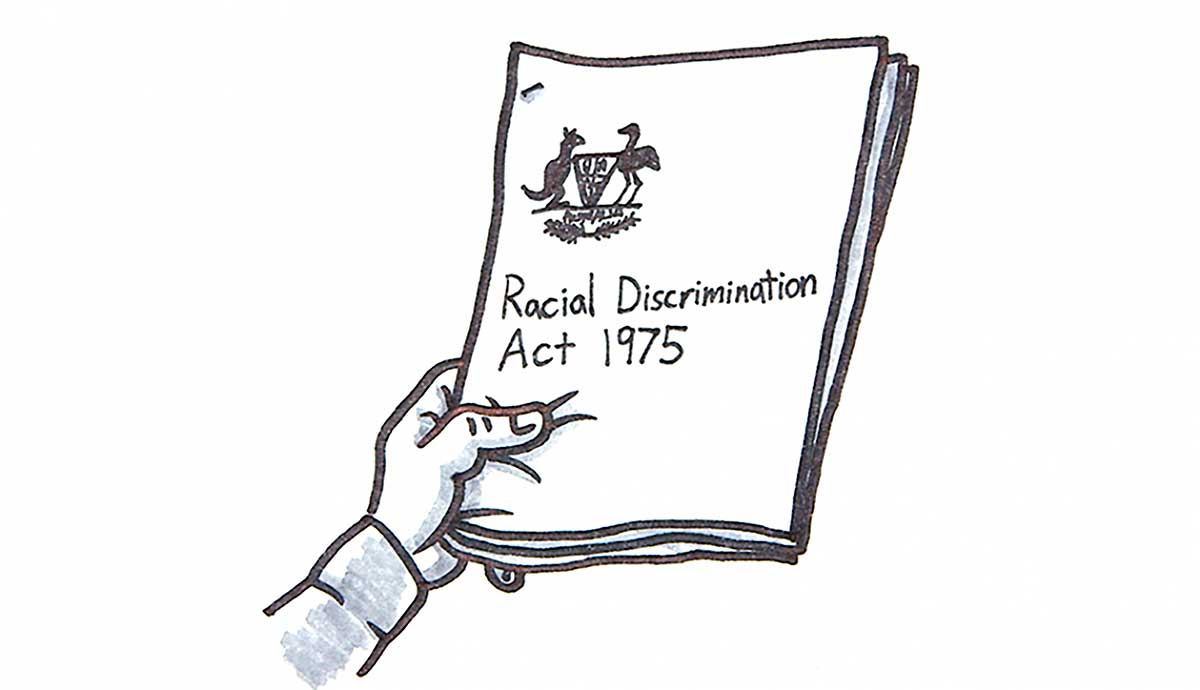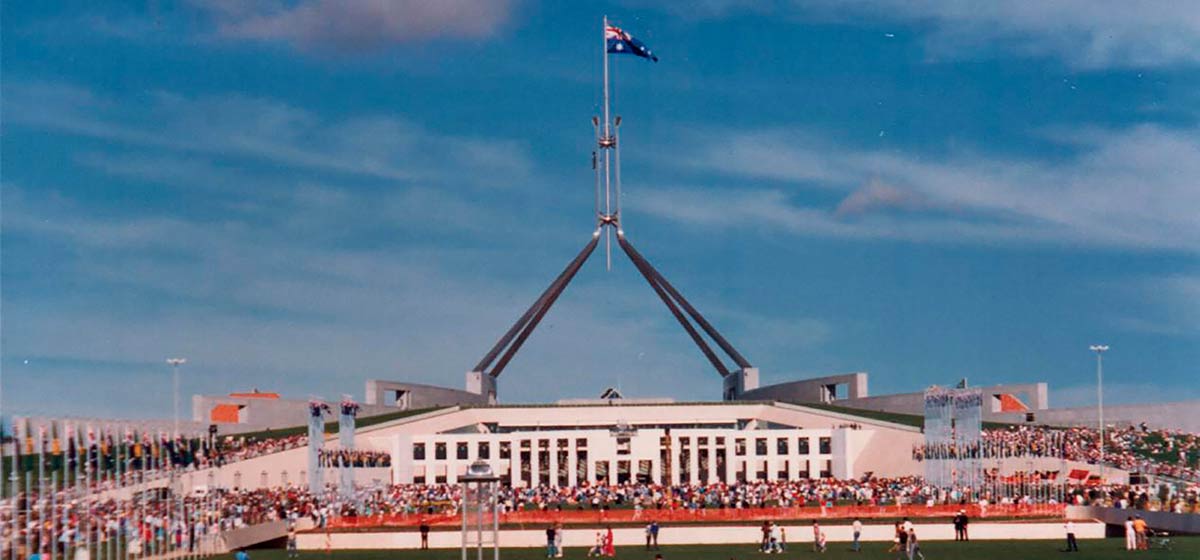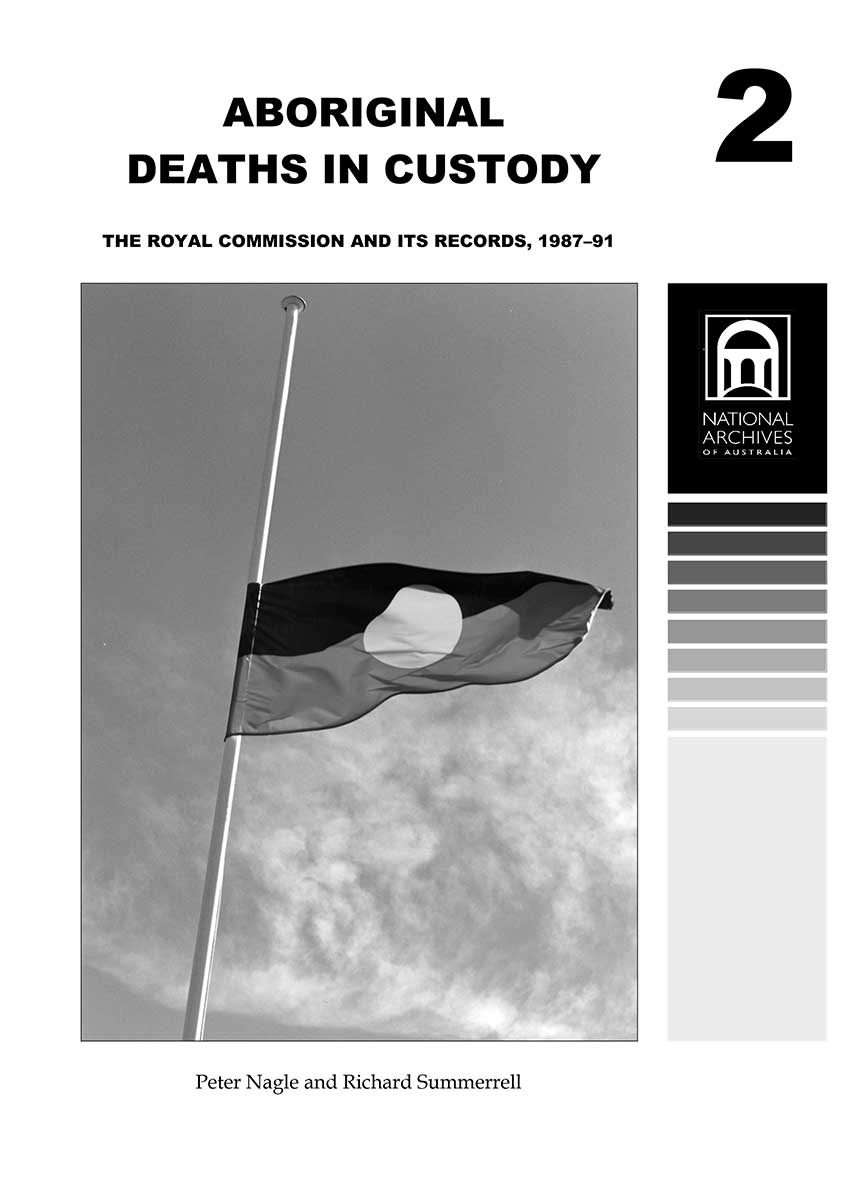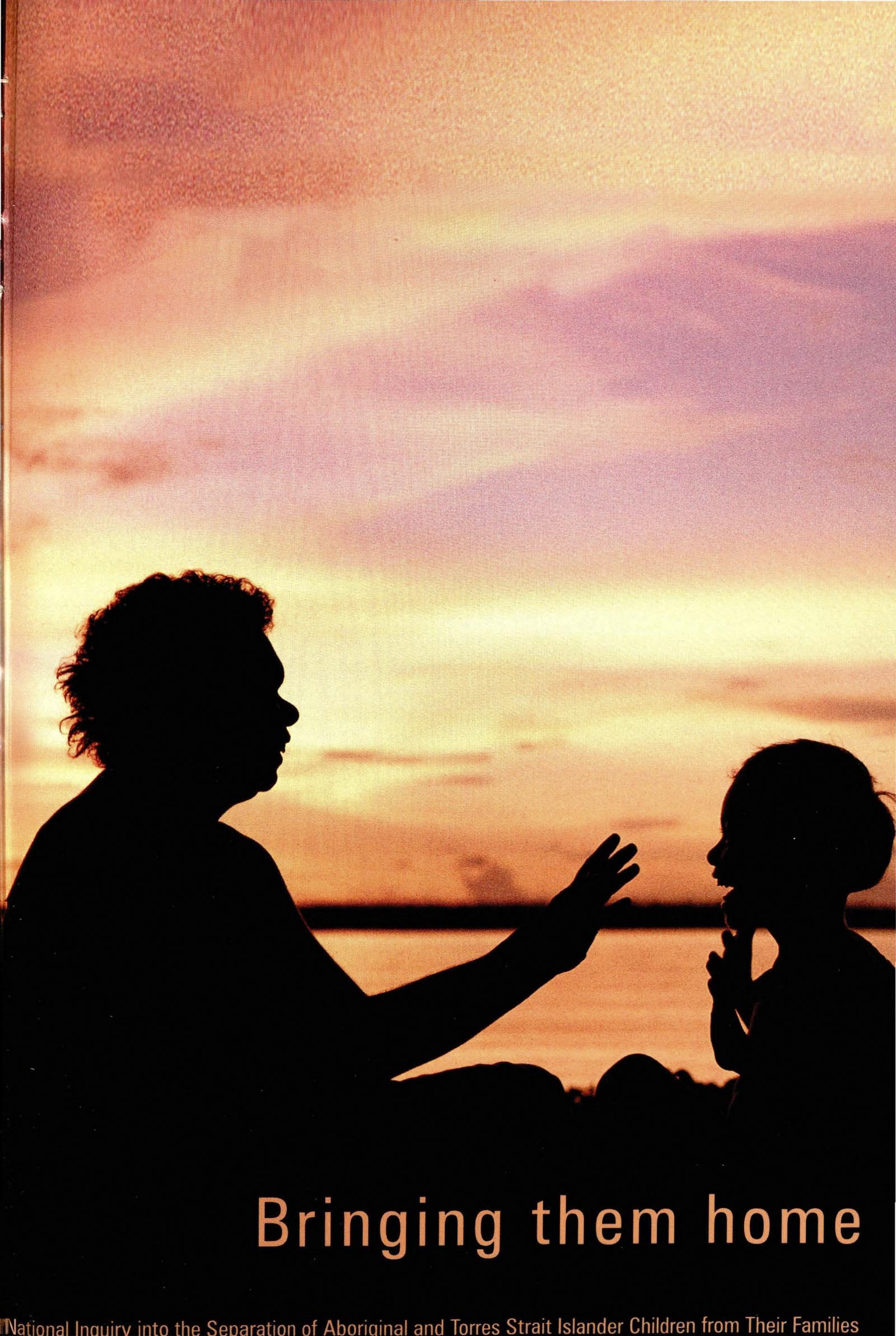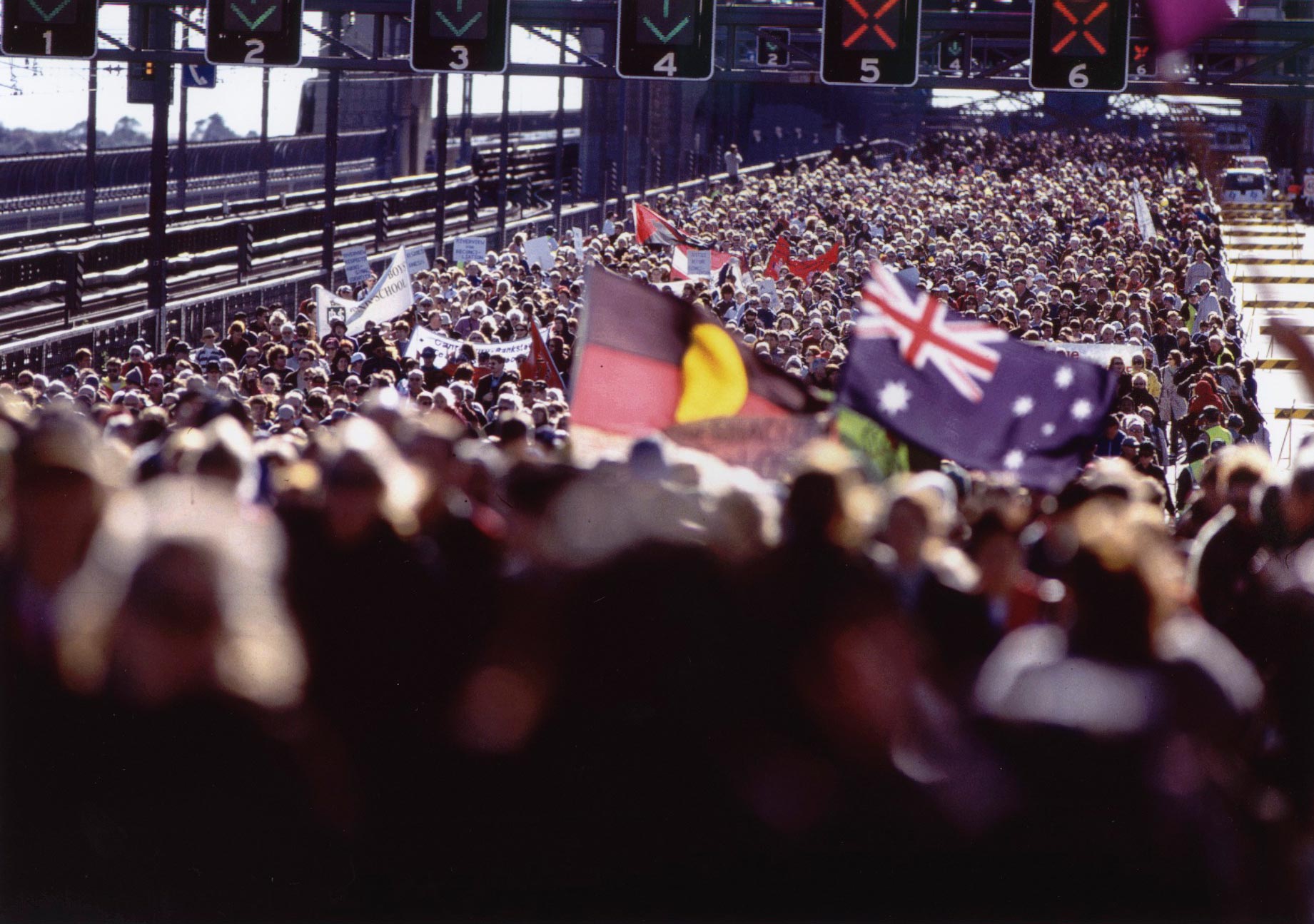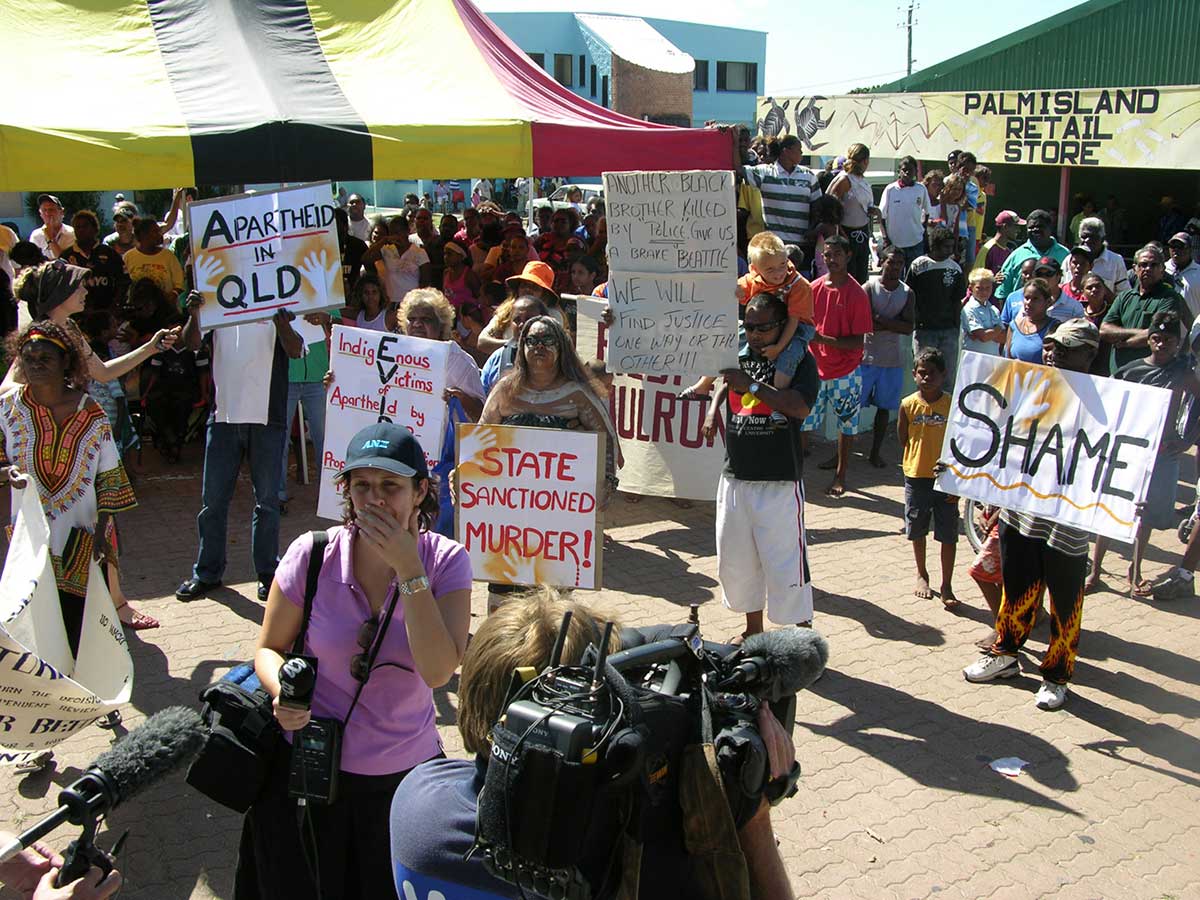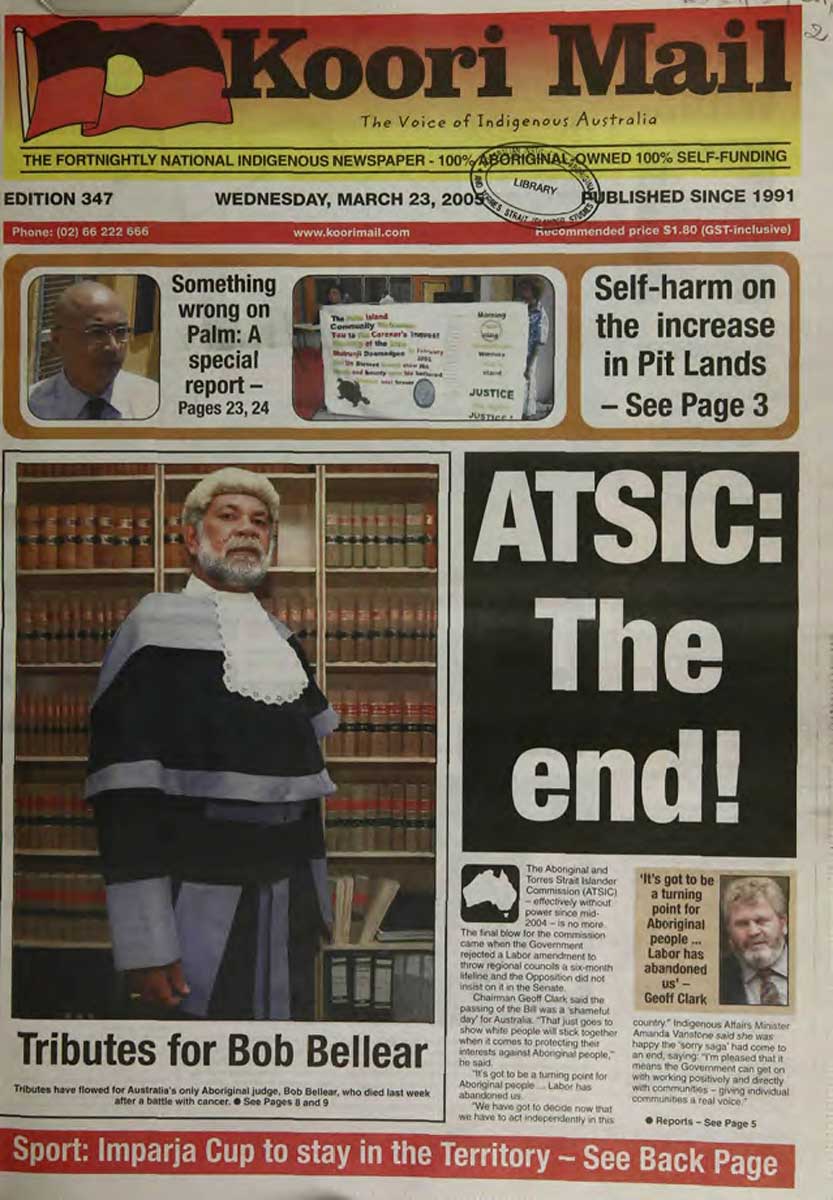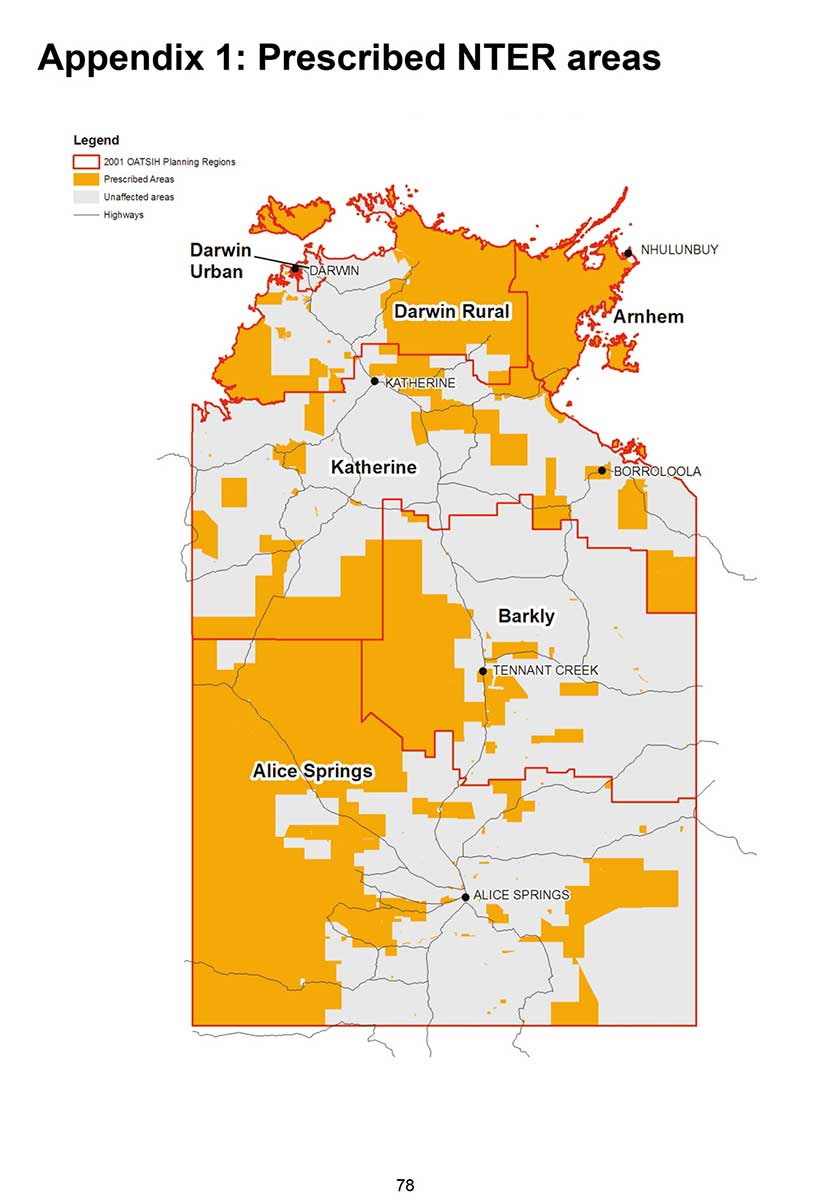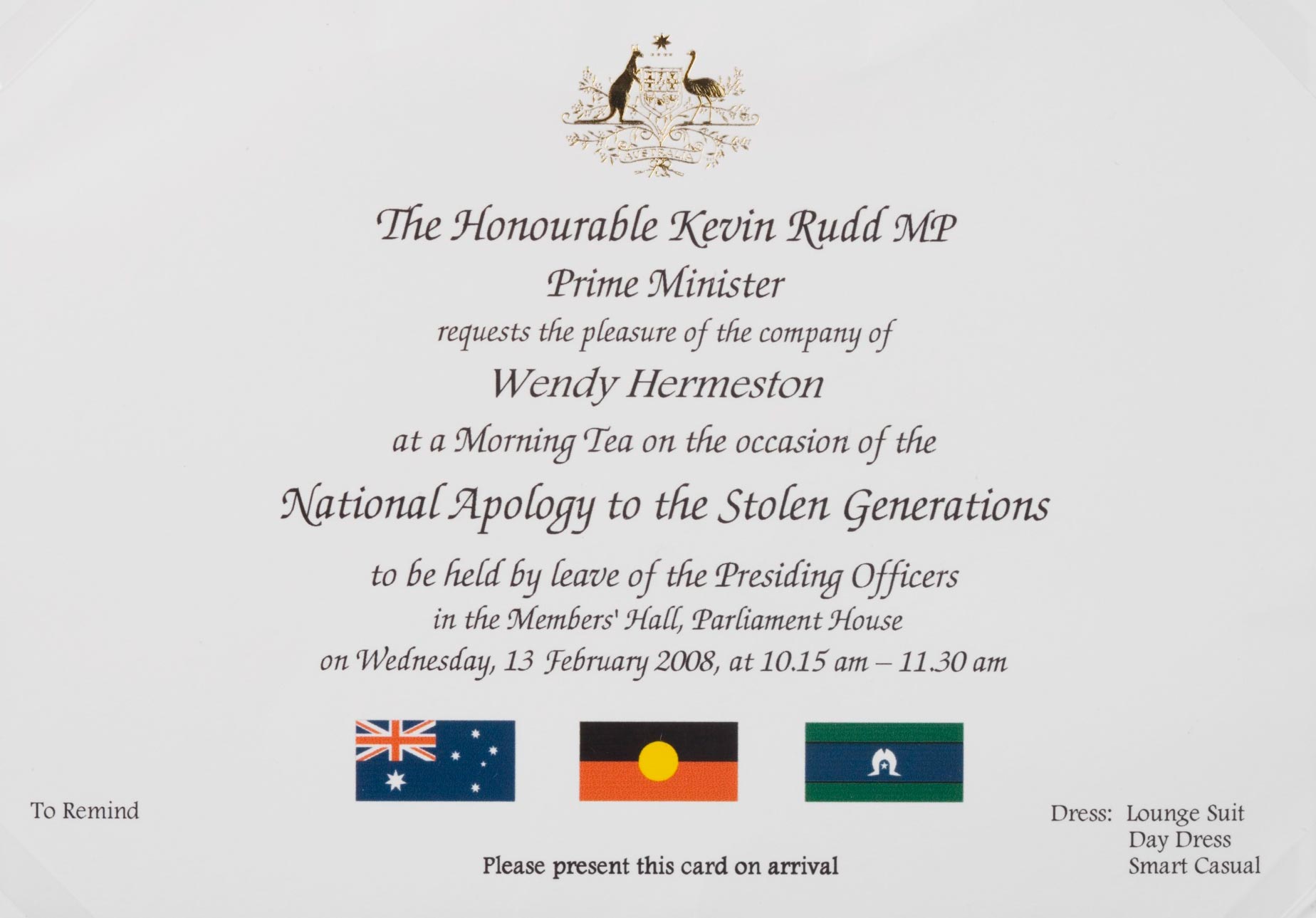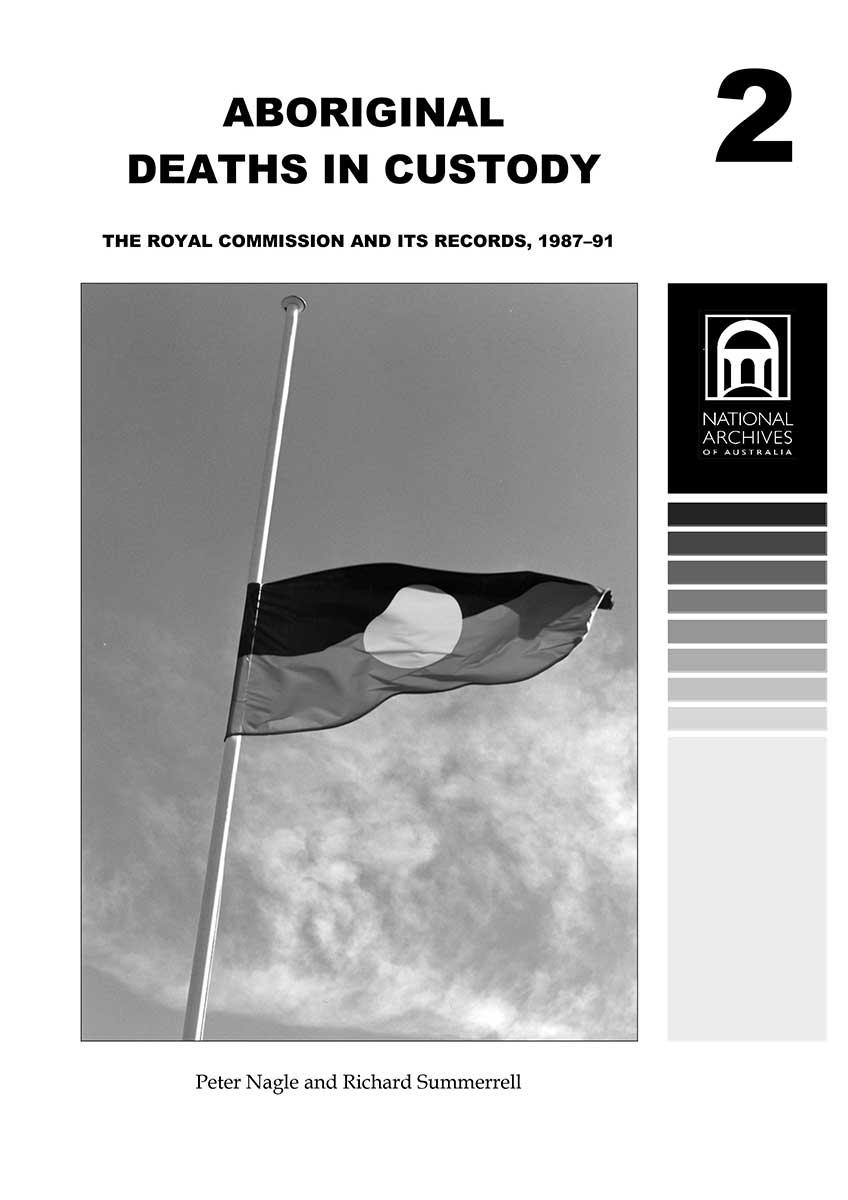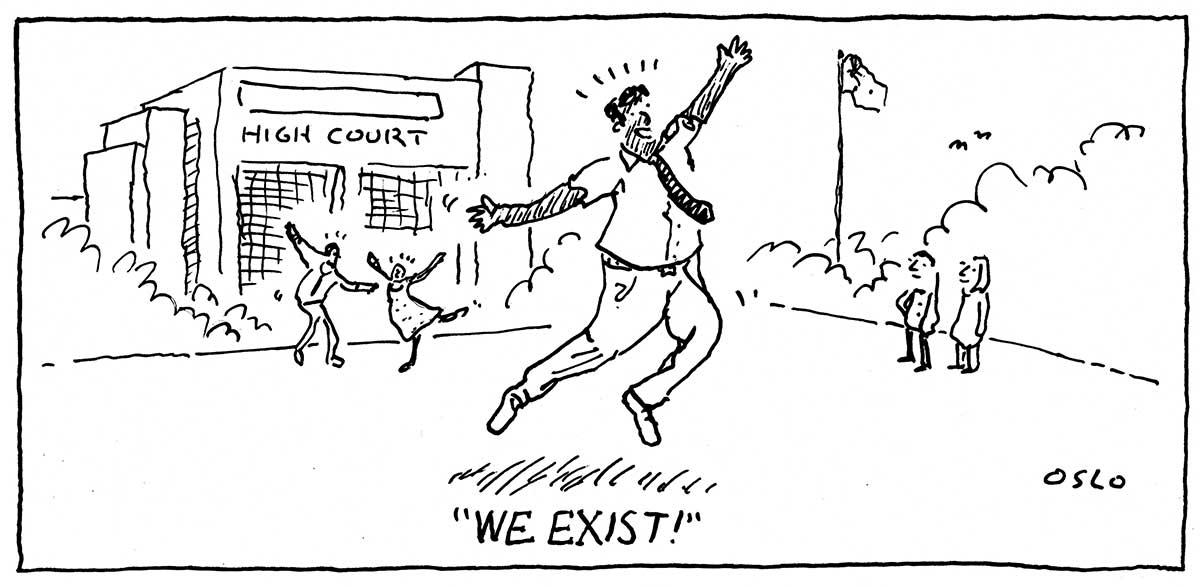Learning module:
Rights and freedoms Defining Moments, 1945–present
Investigation 1: Exploring Aboriginal and Torres Strait Islander rights through key Defining Moments
1.19 1992 Mabo High Court decision

It is 1992.
Eddie Mabo has been fighting the court system for years, challenging the right of the State of Queensland to claim ownership of his traditional land on the island of Mer, in the Torres Strait.
The case has finally reached the High Court. Will the High Court reaffirm the concept of ‘terra nullius’ — the assertion that land was not owned by anyone prior to Europeans’ arrival — or will it rule that land has been taken from Aboriginal and Torres Strait Islander people unlawfully?
Read the information in the Defining Moment in Australian history: 1992 High Court decision in the Mabo case recognises native title and answer the questions that follow.
1. What did Eddie Mabo claim about the land he lived on?
2. Why did he need to assert this claim in court?
3. The law applied in Australia before Mabo’s case reflected the legal principle that became known as ‘terra nullius’. What did that legal principle mean?
4. What did Mabo and the Meriam people have to show to establish their right to the land?
5. What was the result of the case?
6. What was the new legal principle involved in the decision?
7. The decision only covered this particular case. What was needed for other Aboriginal and Torres Strait Islander groups to claim native title?
8. What was the significance of the Mabo High Court decision for Aboriginal and Torres Strait Islander people’s rights?
9. How would this event have influenced the development of Aboriginal and Torres Strait Islander people’s rights over time?






